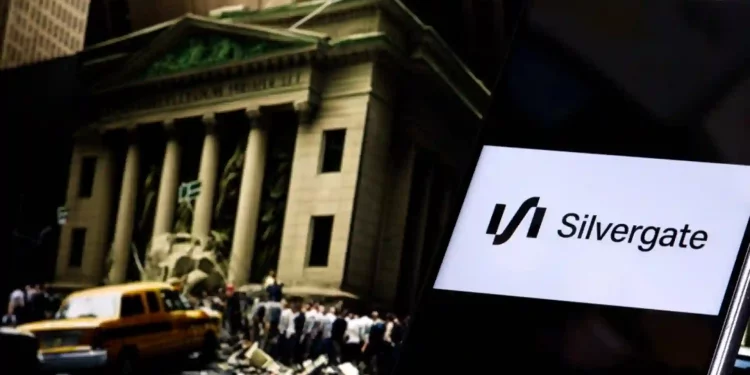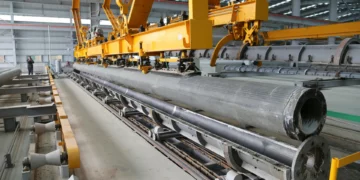The recent collapses of Silicon Valley Bank, Silvergate Bank and Signature Bank in America, and Credit Suisse in Europe have thrown into light a malaise in the global banking system. The stunningly quick collapse of these institutions might soon be followed by more, as several more financial institutions with a similar business profile are teetering on the brink: First Republic Bank, PacWest, and Western Alliance, to name a few.
The increased depositor apprehension has also raised the specter of a bank run, as anxious customers have pulled tens of billions of dollars in cash out of the system, mostly from smaller banks. This has, in turn, caused a scramble among these smaller banks to maintain cash flow, with the First Republic borrowing $70 billion and another lifeline of $30 billion being arranged by US regulators. Its shares are down by 33% in a single day, and Moody’s cut their credit rating to junk status on Friday. And that’s just one bank. A record of $153 billion has been lent to various small banks by the Federal Reserve in just one week.
While most experts and regulators affirm that the risk of a global financial crisis and a bank run is ‘minuscule’, there is no doubt that many banks are struggling with some deep-rooted problems. While some of these problems are structural, in most cases, the issue is banks being under tremendous strain from recent economic distortions.
On the surface, the causes appear to be quite mundane.
Take, for example, the case of Silicon Valley Bank. While the bank had made relatively prudent decisions with respect to the prevailing economic paradigm, a sudden change in global economic winds was enough to bring SVB to its knees. In this case, the surge in inflation following lockdowns, the Russia-Ukraine War, and Federal Reserve profligacy during the era of COVID-19 stimulus packages.
A large portion of Silicon Valley Bank’s portfolio was in the form of a conventionally safe investment, US Treasury Bonds. However, the Fed’s hike in interest rates meant that these bonds lost their value, and eventually, SVB had to sell them at a loss. In the case of Silverlight and Signature Banks, the nominal cause was overexposure to cryptocurrency. The crypto market is suffering from negative market sentiments, and the high exposure of these banks to this market in a volatile period caused mass withdrawals and subsequent collapse.
However, the root cause of these collapses is something far deeper. Sure, high-interest rates, low investor confidence, and market volatility may be the straw(s) that broke the camel’s back, but the collapse is caused by deeper economic and political cycles that are now coming to a head.
Schumpeter’s Creative Destruction in Action
The post-2008 economic expansion in the USA, the longest in its history, has caused a massive buildup of inefficient businesses and suboptimal assets. The ecosystem formed between tech entrepreneurs, venture capitalists, and new age ‘tech banks’ has taken on the shape of something that might even be called corruption.
The current business model of a startup trumpeting a ‘revolutionary’ new product or business model that promises to ‘disrupt’ its industry, venture capitalists pumping in massive amounts of cheap capital for scaling, said scaling happening at losses to corner the market, and subsequent socialization of losses if/when the business goes belly up is not healthy. It has created a system where founders are insulated from the performance of their startups, venture capitalists from the quality of their investments, and consumers from the actual cost of these products, and has propelled unaccountability to unsustainable levels.
Sure, some model businesses like Apple, Amazon, and Microsoft do live up to the hype, but it is the reputation of these performers that are buoying up most of the rest of the tech ecosystem. Carpet bombing buzzwords like ‘blockchain’, ‘big data’, ‘artificial intelligence’ and ‘cloud computing’ does not make up for weak business models and discombobulations in the real economy.
While this may have worked in an era of cheap capital, loose monetary policy, and low inflation, now rising interest rates and inflation, and a corresponding tightening of monetary policy is sharply bringing an end to that. Add to that the strains in the world economy from a slowing China, surging energy prices, consumer anxiety, and geopolitical turmoil, and the current situation was inevitable.
While there doesn’t seem to be a risk of a global financial collapse yet, most banks, especially smaller ones, will have to diversify their portfolios and change their business models if they hope to survive the current economic transformation underway – SVB and Signature Bank stand as examples to those that fail to do so.

















